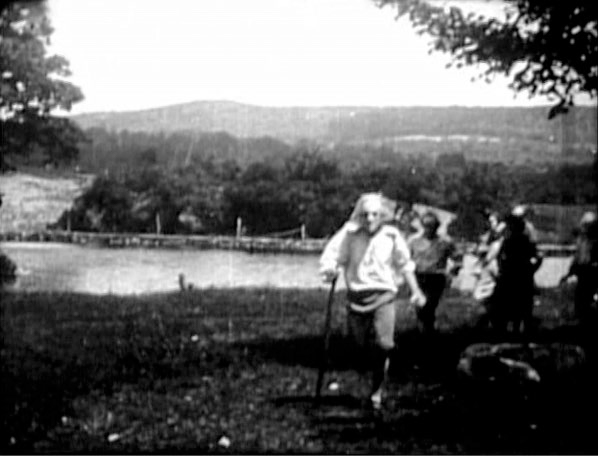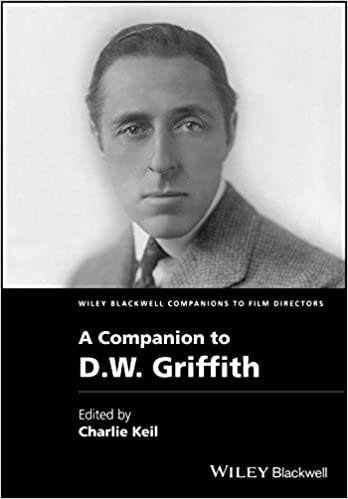Progressive Pastoral
Social Justice Reforms and Biograph Films, 1908-1911
Opening paragraph
One might expect that D.W. Griffith’s rural settings would express pure conservatism by sowing nostalgia for a pre‐modern paradise lost. Iris Barry (1940) and Sergei Eisenstein (1949) rooted Griffith’s conservatism in his Old Kentucky birthplace, and most film scholars have followed suit. However, historians of the Progressive Era (1893–1917) have overturned the familiar dichotomy of conservative provinces and the liberal city. In fact, social justice reforms hewed to a pastoral ideal; Progressives envisioned state agencies, urban parks, and rural modernization programs that would create harmony between city and country, tranquility and wildness, old and new. Pastoral images in Griffith’s Biograph films (1908–1911) reflect the era’s liberal vision of progress.
In fact, social justice reforms hewed to a pastoral ideal; Progressives envisioned state agencies, urban parks, and rural modernization programs that would create harmony between city and country, tranquility and wildness, old and new. Pastoral images in Griffith's Biograph films (1908‐1911) reflect the era's liberal vision of progress.
A Companion to D.W. Griffith
Edited by Charlie Keil
A Companion to D.W. Griffith offers an exhaustive look at the first acknowledged auteur of the cinema and provides an authoritative account of the director’s life, work, and lasting filmic legacy.
The text explores how Griffith’s style and status advanced along with cinema’s own development during the years when narrative became the dominant mode, when the short gave way to the feature, and when film became the pre-eminent form of mass entertainment. Griffith was at the centre of each of these changes: though a contested figure, he remains vital to any understanding of how cinema moved from nickelodeon fixture to a national pastime, playing a significant role in the cultural ethos of America.


About the Research
Read the Today@Sam news article
During a time of industrialization, the Progressive Era sought to reduce corruption as well as counteract the negative social effects caused by rapid growth. D.W. Griffith is one contradictory example of how cinema has been used as a catalyst for social change during this period. He has been considered “the father of film editing” as well as an infamous advocate for racial segregation...READ MORE